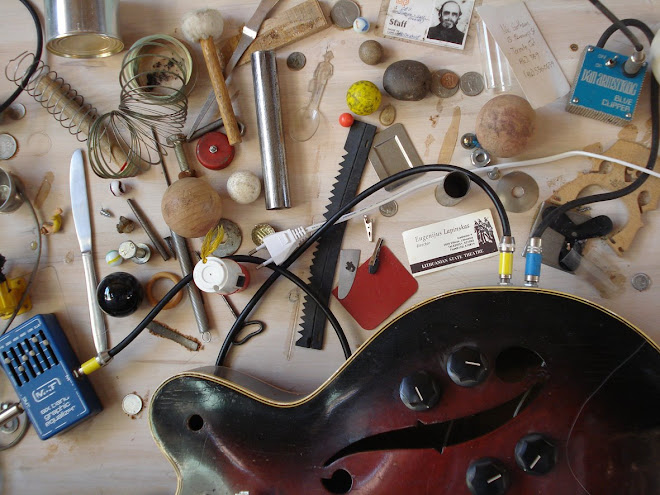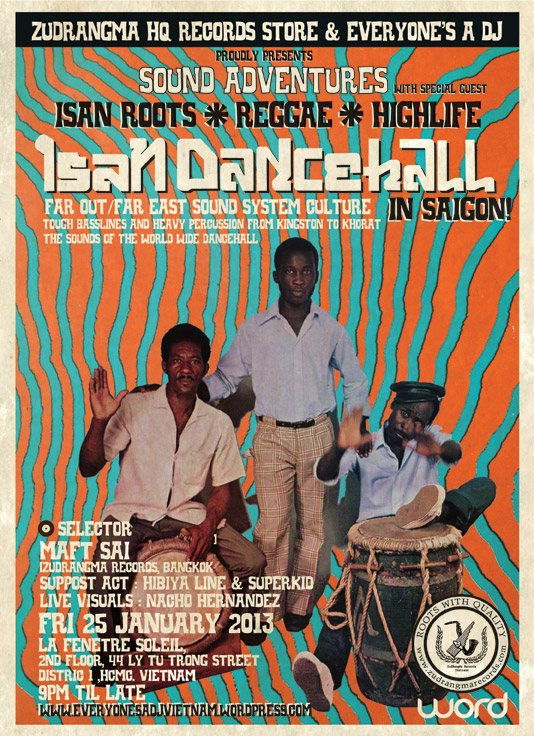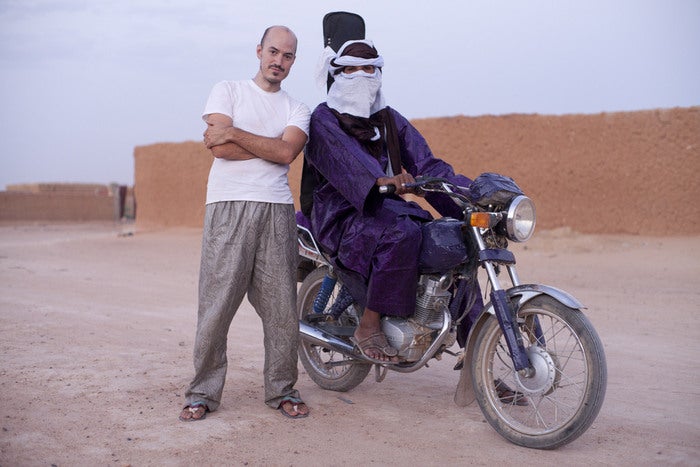CENTRE FOR RESEARCH IN THE ARTS, SOCIAL SCIENCES AND HUMANITIES
The conceptual foundations of this conference are that sound is a vast assemblage of multisensory experiences and multivalent conceptualisations, and that sound is at once embodied, social and political. Sound Studies: Art, Experience, Politics invites researchers to consider not only the relationship between sound and broader sensory perception but also the social, political and economic implications of sound. The conference will address two interrelated themes: Sound, Society, Politics and Sound and the Body. Conference sessions will include papers on:
- Gendered Sounds
- Sound, Conflict & War
- Urban Phonography
- Sound, Embodiment & the Multisensory
Sound Studies: Art, Experience, Politics aims to draw attention to the international growth of sound studies, and to emphasise the innovative and potentially subversive nature of research that steps outside of the norms of academic investigation into visual and textual materials.








